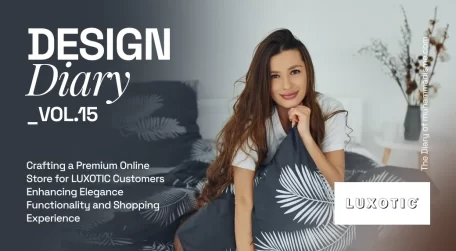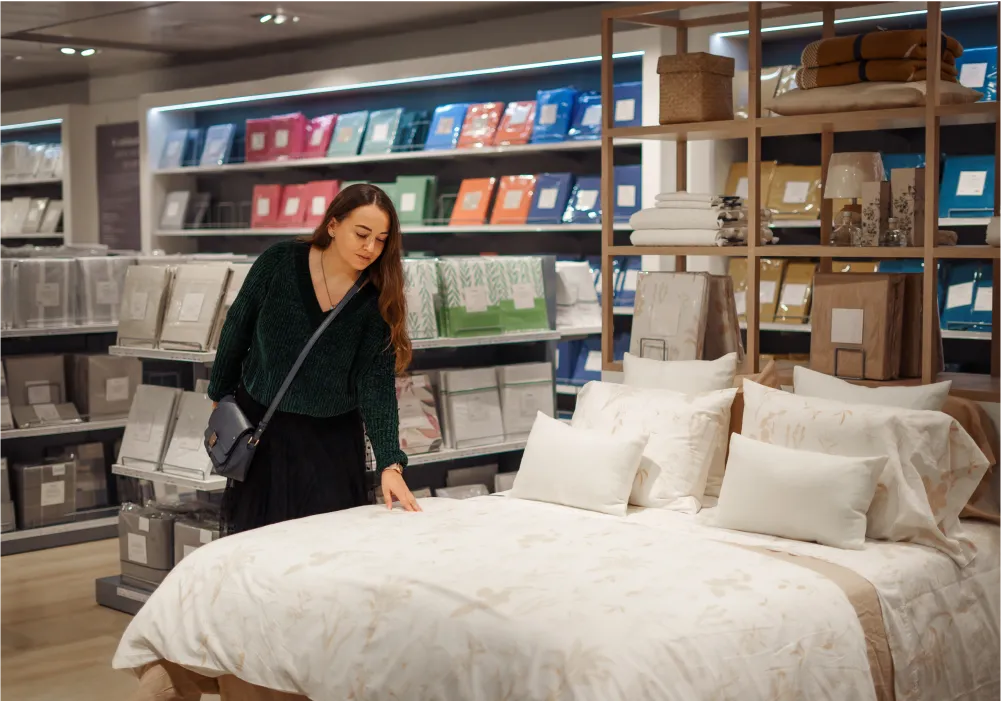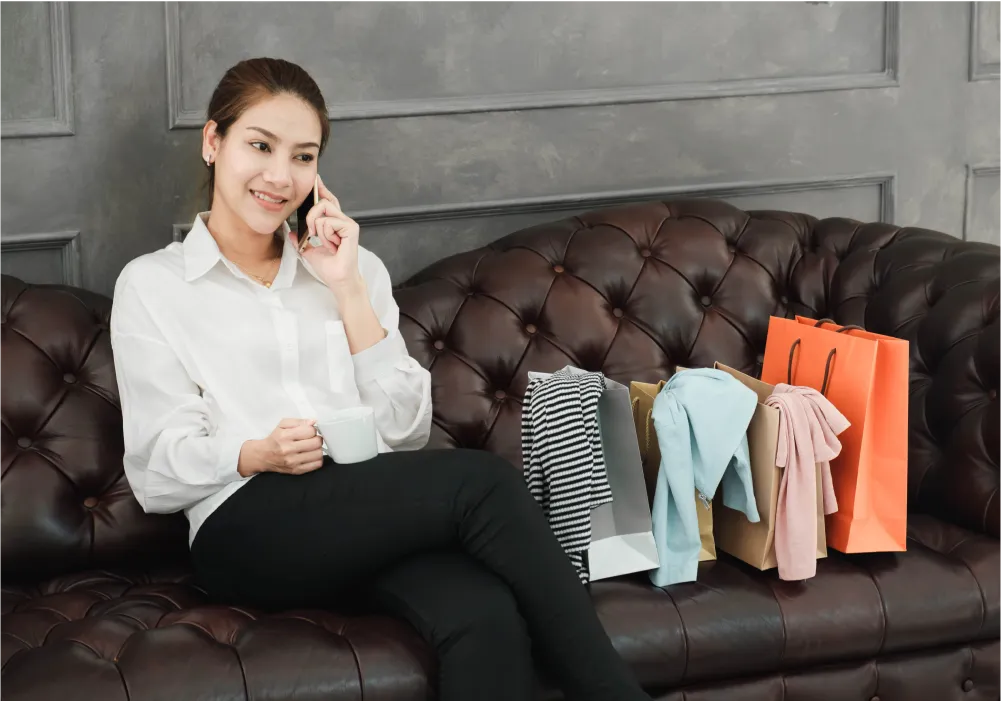I have known Anthony for a while, and we have worked together on many projects. Anthony founded a company called Intellego, and I helped him to complete all of the design needs, such as presentation and web design. We started from scratch and got it up and running smoothly. It was a pleasure to work with him.


















